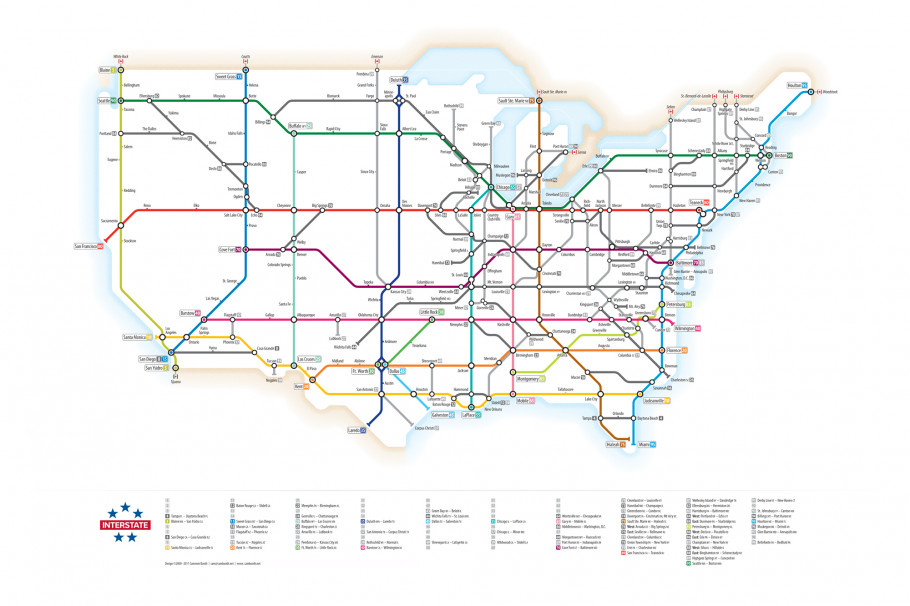Some common problems with displaying routes created from street data, such as bus routes, include:
- Routes may overlap themselves, such as when a route takes the same road in opposite directions
- Routes may overlap other routes that take the same street.
- Routes are often overly detailed, or "noisy", owing to their derivation from street data.
- Indicating a route's direction unambiguously without overloading it with arrows can be a challenge.
What are some techniques for dealing with these issues in order to create a practical and usable route map, such as this Manhattan bus routes map? Do you know of any such public transport maps that were produced by automatic techniques rather than manual illustration/digitization?
Specifically I am using ArcGIS 10, but solutions involving other software are welcome as well.
One technique I have had some success with for dealing with 1) is using ArcMap's cartographic line symbols with a negative offset -- assuming the lines are oriented in the direction of travel, this will offset the lines such that the right and left-hand sides are distinct and oriented as you would expect (at least for right-hand traffic countries, for left-hand traffic countries one would use a positive offset). However the result tends to be a bit wonky around turns, interchanges and and U-turns, and is inflexible when dealing with multiple routes.
Another possibility that I am not very familiar with but which seems promising is cartographic representations -- however, I have not had much luck in finding examples of using representations for transportation maps and whether it might fit the bill.



